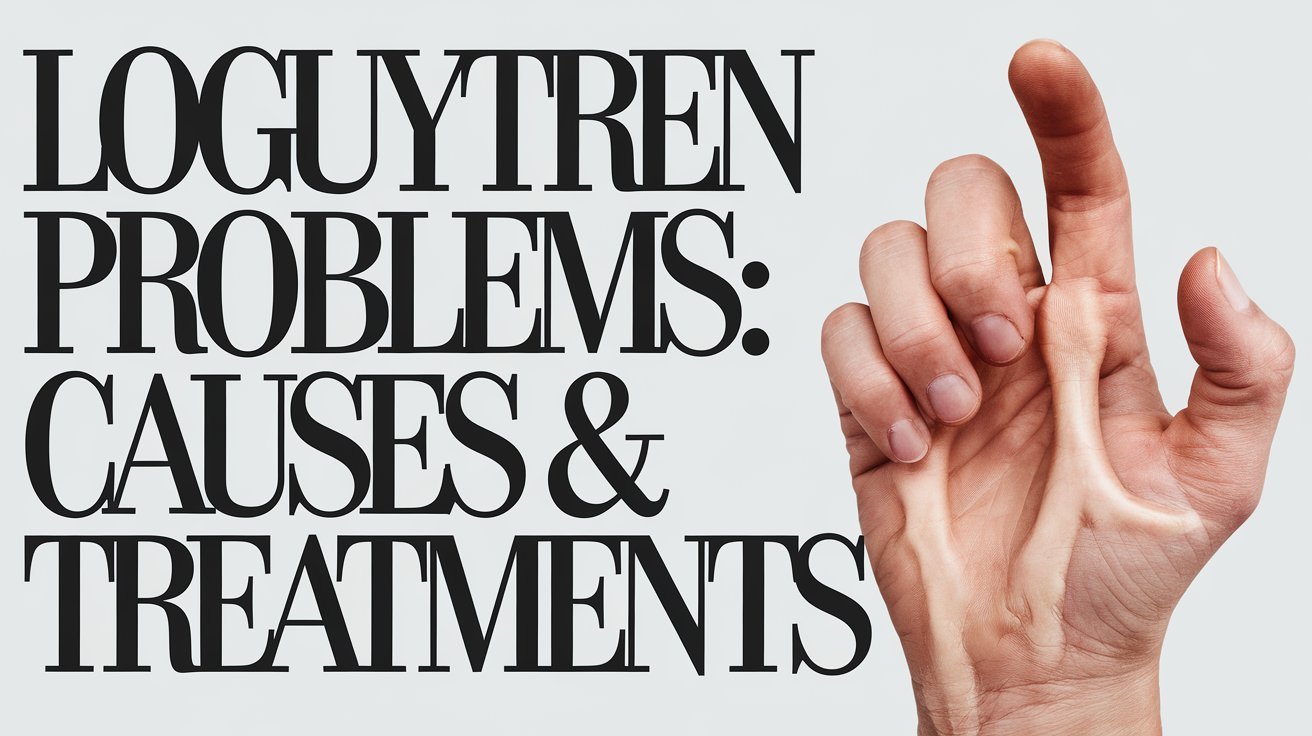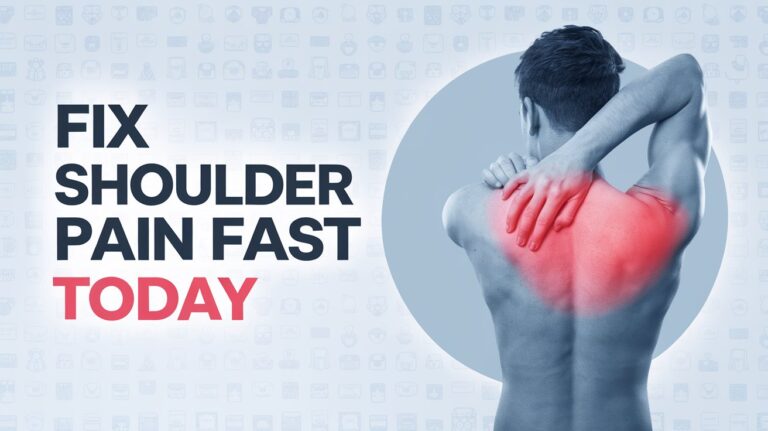Loguytren Problems: Causes, Symptoms & Best Treatments
Understanding Loguytren Problems
Loguytren problems, often associated with Dupuytren’s contracture, refer to a hand condition that affects the connective tissue beneath the skin of the palm and fingers. Over time, this condition can lead to the fingers curling inward, making it difficult to perform everyday tasks. While the exact cause remains unclear, it is commonly linked to genetics, aging, and lifestyle factors.
This article provides an in-depth look at Loguytren problems, their causes, symptoms, risk factors, and the best available treatments.
What Causes Loguytren Problems?
The underlying cause of Loguytren problems remains a subject of ongoing research, but several key factors contribute to its development:
- Genetic Predisposition – People with a family history of Loguytren problems are at a higher risk of developing the condition.
- Aging – It is more common in individuals over the age of 50, with the likelihood increasing as one grows older.
- Gender – Men are more likely to experience severe symptoms than women.
- Diabetes – There is a known correlation between diabetes and Loguytren problems, though the exact link is still being studied.
- Alcohol and Smoking – Both have been identified as potential risk factors due to their effects on blood circulation and tissue health.
- Hand Trauma – Previous injuries to the hand may contribute to the onset of this condition.
While these factors do not guarantee the development of Loguytren problems, they do increase susceptibility.
Common Symptoms of Loguytren Problems
The symptoms of Loguytren problems develop gradually and may go unnoticed in the early stages. Here are some key symptoms:
- Thickening of the Palm Skin – The first noticeable sign is a thickened or puckered skin texture on the palm.
- Formation of Nodules – Small, firm lumps may appear beneath the skin, typically on the ring and little fingers.
- Finger Contracture – As the disease progresses, fingers begin to bend towards the palm, making it difficult to straighten them.
- Limited Hand Functionality – Patients may experience trouble grasping objects or performing tasks like shaking hands or holding utensils.
- Pain or Discomfort – While not always painful, some individuals experience aching in the affected area.
Identifying these symptoms early can help slow the progression and improve treatment outcomes.
Who Is at Risk for Loguytren Problems?
Certain groups are more likely to develop Loguytren problems based on genetic, environmental, and medical factors.
High-Risk Groups Include:
- Individuals over 50 years old
- Those with a family history of the condition
- People with diabetes or thyroid disorders
- Heavy smokers and drinkers
- Those of Northern European descent, where the condition is more prevalent
If you fall into any of these categories, staying vigilant for early symptoms is crucial.
How Loguytren Problems Are Diagnosed
Diagnosing Loguytren problems is primarily based on a physical examination and medical history assessment.
Common Diagnostic Methods:
- Physical Examination – The doctor inspects the hand for nodules, skin puckering, and finger contractures.
- Tabletop Test – A simple test where the patient tries to place their palm flat on a table. If the fingers cannot fully extend, it may indicate Loguytren problems.
- Medical History Review – The doctor may ask about family history, lifestyle habits, and past injuries.
- Imaging Tests (if necessary) – In severe cases, ultrasound or MRI may be used to assess tissue damage.
Early diagnosis allows for better management and treatment options.
Best Treatments for Loguytren Problems
Treatment for Loguytren problems varies based on the severity of the condition. While mild cases may require only observation, severe cases often need medical intervention.
Non-Surgical Treatments
- Physical Therapy – Stretching exercises may help slow disease progression and maintain flexibility.
- Steroid Injections – Corticosteroids can reduce inflammation and slow nodule growth.
- Enzyme Injections (Collagenase Therapy) – A minimally invasive method where enzymes break down thickened tissue, helping to restore finger movement.
- Splinting – While controversial, some patients find relief by using splints to slow finger contracture.
Surgical Treatments
If the condition worsens, surgery may be the best option. Common surgical procedures include:
- Fasciotomy – A minimally invasive procedure where the surgeon cuts affected tissue to improve movement.
- Subtotal Palmar Fasciectomy – A more extensive surgery involving the removal of thickened connective tissue.
- Dermofasciectomy – Recommended for severe cases, this surgery removes diseased tissue and replaces it with a skin graft.
Surgical treatments generally have high success rates, though rehabilitation and physical therapy may be necessary for full recovery.
Lifestyle Adjustments to Manage Loguytren Problems
Although there is no guaranteed way to prevent Loguytren problems, certain lifestyle adjustments can help manage symptoms and slow progression.
Effective Lifestyle Changes:
- Exercise and Stretching – Regular hand exercises can help maintain mobility.
- Healthy Diet – A nutrient-rich diet supports tissue health and may reduce inflammation.
- Avoid Smoking and Alcohol – Reducing tobacco and alcohol consumption can improve blood circulation.
- Hand Protection – Using gloves while working can help prevent trauma that could worsen the condition.
Making these changes can significantly improve quality of life for those affected.
Living with Loguytren Problems: Coping Strategies
Living with Loguytren problems can be challenging, but with the right approach, individuals can continue leading active lives.
Coping Strategies:
- Seek Medical Advice Early – The sooner treatment begins, the better the outcomes.
- Use Adaptive Tools – Special grips and utensils can make daily tasks easier.
- Join Support Groups – Connecting with others who have the condition can provide valuable insights and emotional support.
- Regular Checkups – Monitoring the condition helps in early intervention if symptoms worsen.
By staying proactive, individuals can manage the condition effectively and maintain independence.
Conclusion
Loguytren problems can impact daily life, but early detection and proper management can slow its progression. Understanding the causes, symptoms, and treatment options can help individuals make informed decisions about their health. Whether through non-surgical treatments, surgery, or lifestyle changes, various options exist to improve hand function and overall well-being. If you notice symptoms, consult a healthcare provider to explore the best course of action.
Read Also Our This Post: Siggi’s Digital Detox: Unlock a Healthier, Screen-Free Life Today







